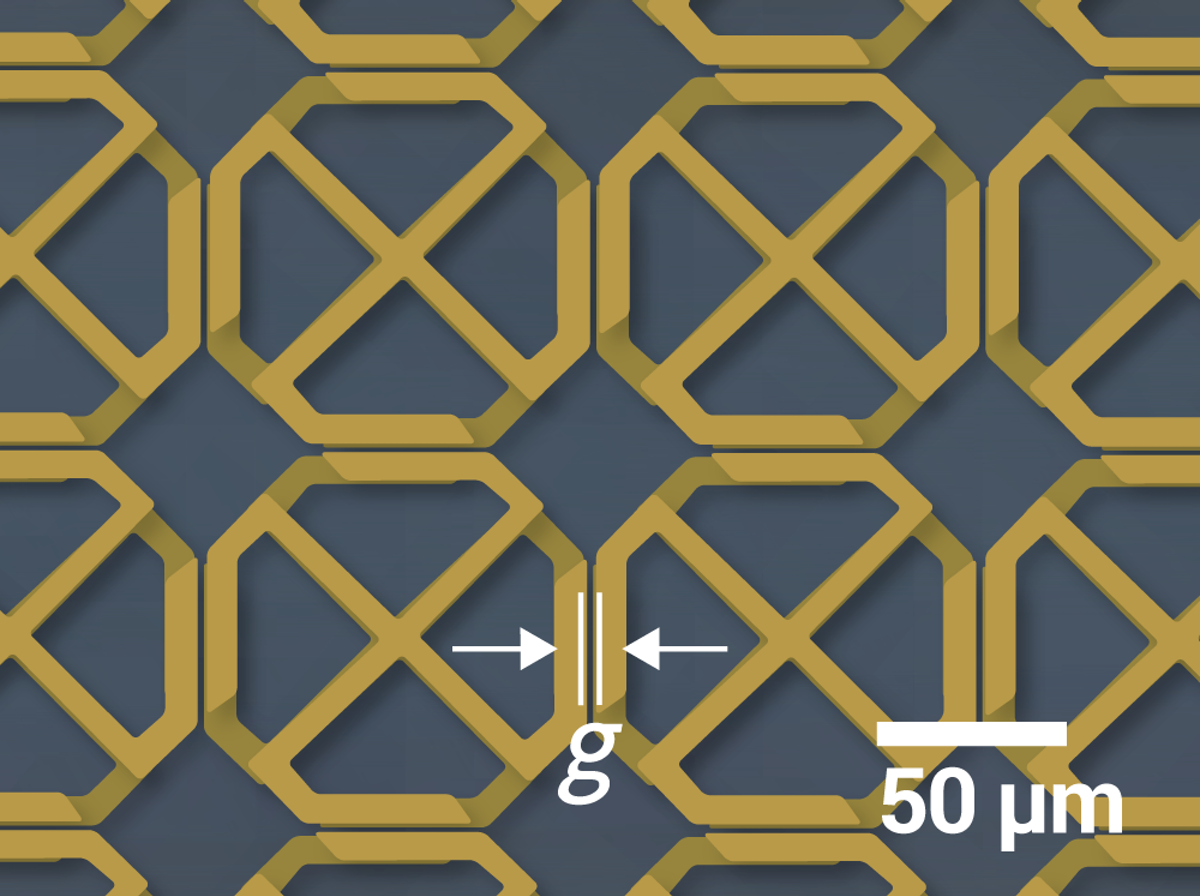Metamaterial and Metasurface Markets Electromagnetic 2022-2042メタマテリアルとメタサーフェスの市場 電磁波 2022-2042年 このレポートは、新しい化合物、メタマテリアル、メタサーフェス、再プログラム可能なインテリジェントサーフェスの製造、統合、使用を希望する人のためのものです。 主な掲載内容(目次よ... もっと見る
※価格はデータリソースまでお問い合わせください。
Summary
このレポートは、新しい化合物、メタマテリアル、メタサーフェス、再プログラム可能なインテリジェントサーフェスの製造、統合、使用を希望する人のためのものです。
主な掲載内容(目次より抜粋)
Uniquely, this 307-page report gives the essential 20 year forecasts, roadmaps, latest strategy, market, company, technology appraisals presented in clear new infograms, tables, graphs and pictures. It is for those wishing to make, integrate or use new compounds, metamaterials, metasurfaces, reprogrammable intelligent surfaces. See best practice and gaps in the market - formulations, printing, laminating, city deployment etc. without blinding mathematics. Identify partners and acquisitions to create a billion-dollar activity.
Welcome to the new frontier of advanced materials and printed and flexible electronics. Metamaterials are structures involving repetitive patterning, usually of metals, and usually controlling electromagnetic radiation in a previously-impossible fashion. For example, the planned 6G communications at far-infrared (terahertz) cannot reliably get such signals to you without metamaterial-based metasurfaces on buildings, even on indoor walls. A large market awaits.
The nascent businesses involving metamaterials-based parts and equipment can now progress to billion-dollar enterprises. That includes vertically-oriented businesses making and using them for their communications, defence or other activity. It also includes the newly-emerging need for horizontal marketing of optimised metasurfaces across all sectors as volumes make this worthwhile. For product quality, performance and affordability, the applicational sector specialists must enter the very different world of optimised formulations, reel-to-reel manufacture, mass production themselves or in partnership with those installing such capability.
Aspiring and actual participants need to learn the emerging materials and processing challenges, gaps in the market, competitor assessments, twenty-year roadmaps and forecasts in clear English. Sadly, for the latest situation, they face little more than a blizzard of mathematics and jargon in current literature. The antidote is the unique report, "Metamaterial and Metasurface Markets Electromagnetic 2022-2042" because it is entirely commercially oriented, not academic or historical. Grasp the optimal materials and manufacturing processes now needed, pros and cons, applications and potential uses of metamaterials whether alone, enhanced or product-integrated, best practice, best participants and benchmarking other industries. See blunt assessment of which volume applications and which specialist applications are really likely to happen.
After the Glossary, the Executive Summary and Conclusions takes 23 pages to give the current and future situation including market forecasts and roadmap 2022-2042. The patterning and metasurface technologies and functions are clearly explained in new infograms, graphs and many pictures. 12 primary conclusions are given by the PhD level analysts worldwide, many multi-lingual.
Example of a terahertz metamaterial.
The introduction clarifies the basics of metamaterials with many examples and the world of 5G and 6G communications because it is one of the largest potential users. The terminology nightmare is navigated with key terms explained such as the important reconfigurable intelligent surfaces and holographic beamforming. Grasp the awesome versatility from energy harvesting to laminar everything. Examples of metamaterial and metasurface research and future prospects are given including radical possibilities. However, this is analysis not evangelism so the introduction ends with the dark side of large power consumption by any wide deployment of active metasurfaces unless improvements arrive.
Chapter 3 has 34 pages on "Metamaterial antennas, metaradomes, shielding and sensors" because these are today's successes with much further to go. See the types, technologies, applications, gaps in the market, advantages and disadvantages with many examples such as China's new stealth fighter. Metamaterial relays, routers, lenses and transparent antennas are here with metamaterial radomes, sensors and more, each with many previously-impossible capabilities.
Chapter 4 provides seven densely packed pages on "Metamaterials and metasurfaces for visible, near-infrared and thermal devices". For example, a passive layer can cool buildings, vehicles and solar panels (sharply increasing output) by manipulating infrared, with huge commercial implications.
Because "Reconfigurable Intelligent Surfaces for 6G Communications" may become the largest application of all, Chapter 5 takes 41 pages to cover it, finishing with 16 IDTechEx conclusions. Chapter 6 scopes the patterning technologies needed. Called "Ultra fine line metal patterning for metamaterials", it gives many examples of what is needed. There follows an appraisal of all candidate additive technologies and three families in depth - "Photopatterning/ photolithography", "Embossing/imprinting and flexo" then "Directly printed fine metal lines", each with many company offerings assessed and an overall SWOT assessment at the end of each.
Those interested in the formulations involved in metasurfaces including special transistors and diodes can read Chapter 7 "Semiconductors, liquid crystals, dielectrics and graphene for metamaterials" in 29 pages full of examples and the research pipeline. Chapter 8 then completes the report with, "Capability, strategy, SWOT appraisal for 19 metamaterial companies", each ending with an IDTechEx SWOT assessment, 70 pages in all.
Table of Contents
|


